Managing Hermaphrodite Plants
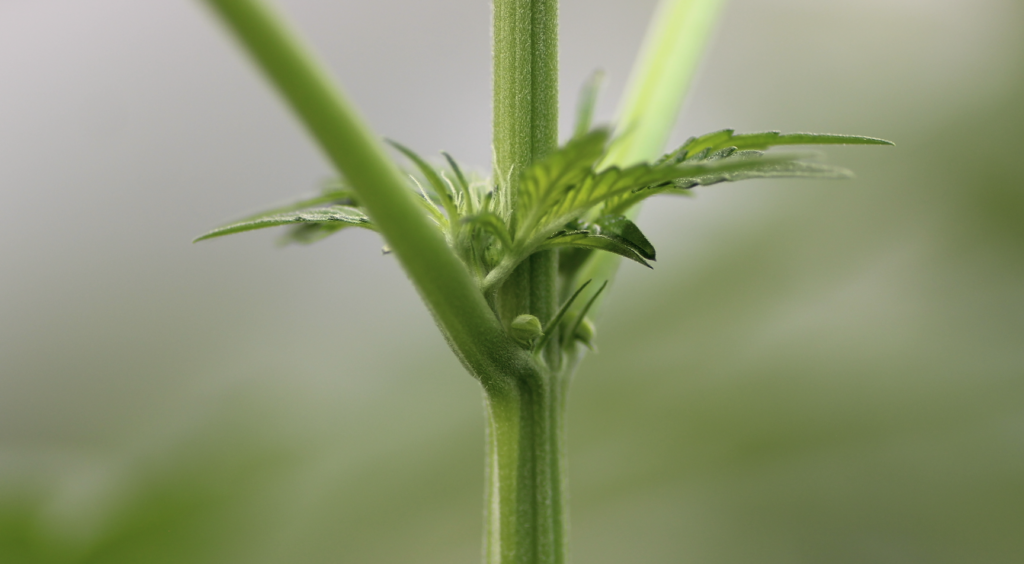
Originally, cannabis plants were monoecious (hermaphrodites), that is, they presented both female and male reproductive organs. When the plant fibers were used to manufacture hemp-based products and the seeds were used for a variety of purposes, the plant’s gender wasn’t an issue. Then when it was discovered that smoking the plant’s flower without seeds was a better option, man intervened through careful selection and breeding to start separating the female plants from the males.
However, due to nature’s genetics, it is possible for a cannabis plant to still exhibit its hermaphrodite characteristics. It’s enough to send the expert grower into a panic but there are techniques to avoid hermaphrodism and there are also still practical uses we can get from a hermaphrodite plant. So, not all is lost.
Causes of Hermaphroditism
The most common reason for a plant to transform into a hermaphrodite is plain and simple genetics. Even though it has taken decades to stabilize the plant’s sex to ensure the growth of females, some plants still have recessive genes. But there are other reasons that we have some control over.
When a plant is stressed, hermaphroditism can occur. While we may think it’s a terrible thing to happen when growing a cannabis plant, it is just nature’s way of adapting to environmental stress. When conditions are not right for the female plant and she thinks she is about to die, she starts producing male organs so she can self-pollinate to procreate. Nature is amazing.
Crop-induced stress can also occur naturally or unknowingly caused by techniques used by the grower. Some cannabis varieties like the pure Afghani strain are not thirsty plants because they have adapted to grow in dry regions where the soil is not fertile. So, if they are being cultivated outdoors in a climate with too much rainfall, they can start showing hermaphrodite traits. Other factors like getting too much fertilizer, too much or little water, or incorrect pH levels can also trigger hermaphrodism.
Yet you will also find that some strains are very hardy and even when the female plant endures different elements of stress, they show no sign of hermaphroditism. The cannabis plant is fascinating. It’s so simple but also so complex.
Uses for Hermaphrodites
If a hermaphrodite is spotted amongst your crop, it is advisable to carefully remove it so the pollen doesn’t affect other females. But instead of throwing the plant away, it does have some use that you can take advantage of.
In some varieties, it is possible to remove the male flowers with tweezers if you see there are only one or two. It’s still better to keep them separate from the rest of the crop but there is a chance that it will continue to produce female flowers once the male parts are removed.
If the plant has managed to progress to an advanced point in the flowering phase, you could try making butane hash oil if the buds have some resin.
Hermaphrodite Seeds
If you get seeds from your hermaphrodite, it might be tempting to plant them but it’s important to remember the genetics are affected. Seeds from a hermaphrodite will have a high chance of producing hermaphrodite. If you want them to plant them, keep them isolated from other cannabis plants.
Preventing Hermaphrodism
You can take all the precautions in the world and a slight variation in conditions could trigger hermaphroditism in a plant. Good plant genetics will lower the risk as they have the ability to withstand environmental stress. Other varieties may just have a tendency to transform into a hermaphrodite at the smallest sign of change.
There are tips for growers to minimize the potential of hermaphrodism in a crop. Consider the following advice and with extra care and attention, you have a better chance of growing strong, healthy female plants:
- Impatience to speed up the growing period could lead you to overdo it with nutrients. Don’t. Stick to the feeding guidelines for the strain you are growing.
- Regularly check the growing medium’s pH levels.
- The temperature must be in the correct range and avoid exposure to light at night.
- Monitor the plants for pests, diseases.
- Get the timing of the harvest right because if a plant is over-ripe, it can also lead to hermaphroditism
- Whichever products you use on your plants be mindful of their strength, which can burn the plant.
- Never keep too many plants in a small space. If there’s not enough room for the roots, it can also stress out the plant.

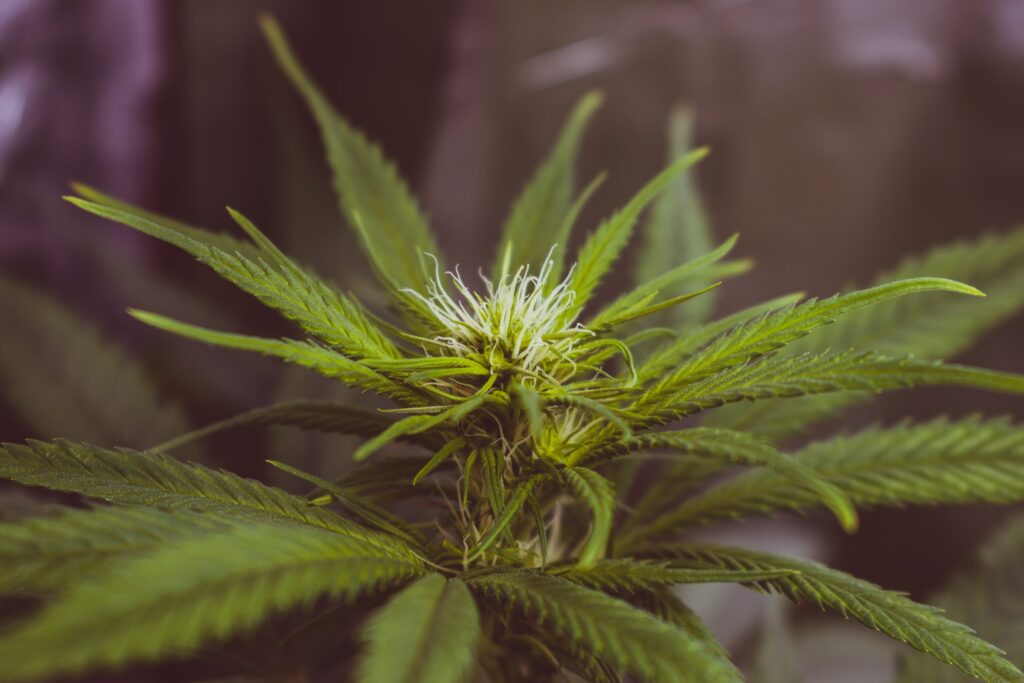
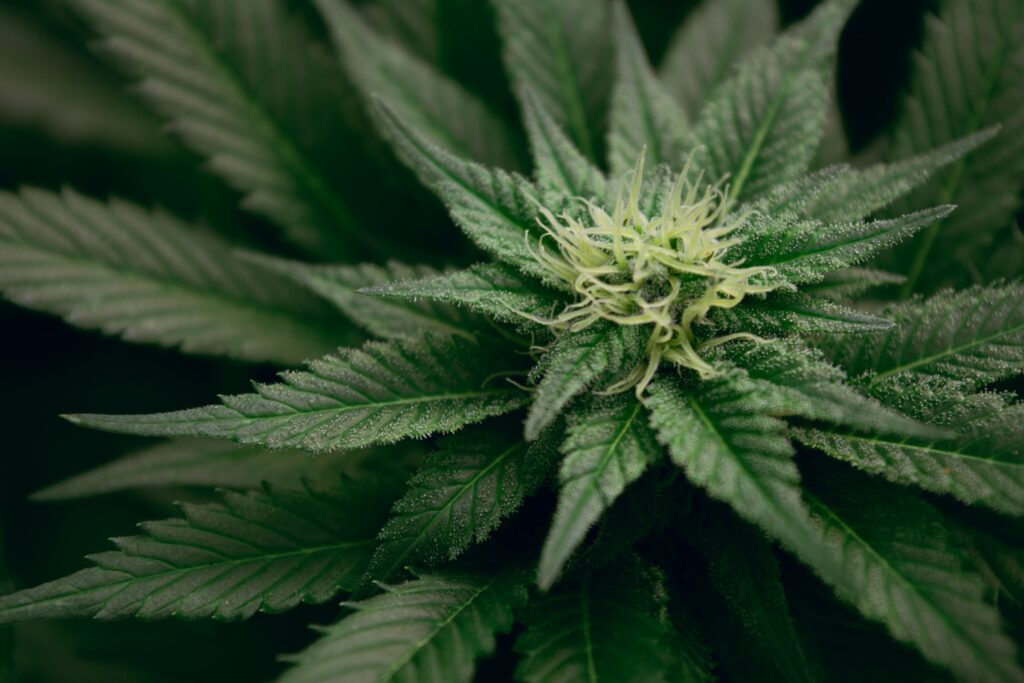
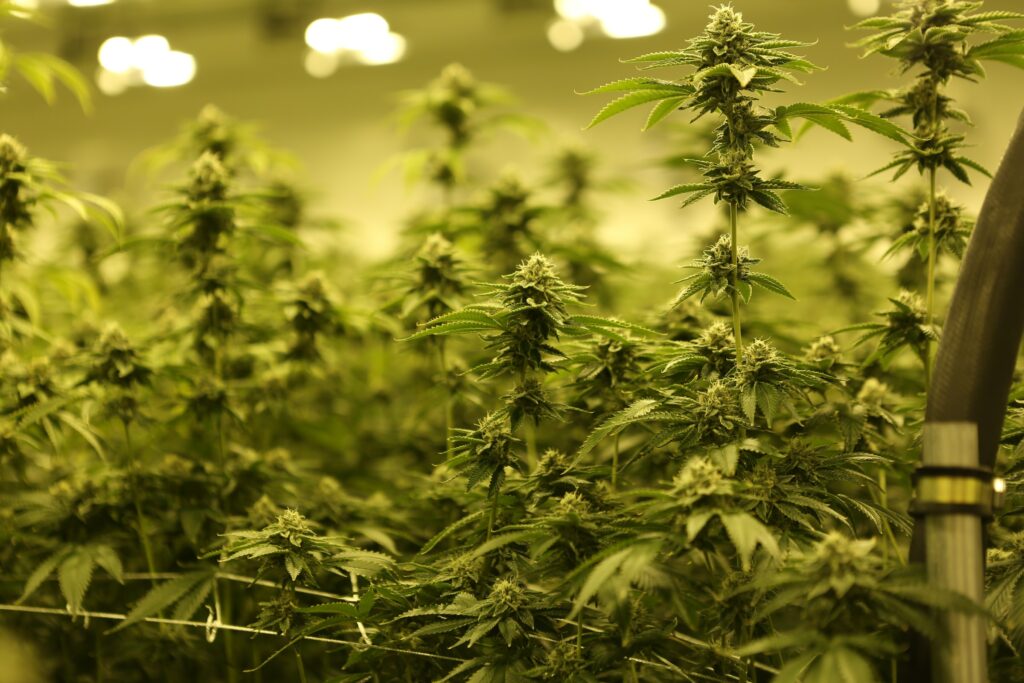
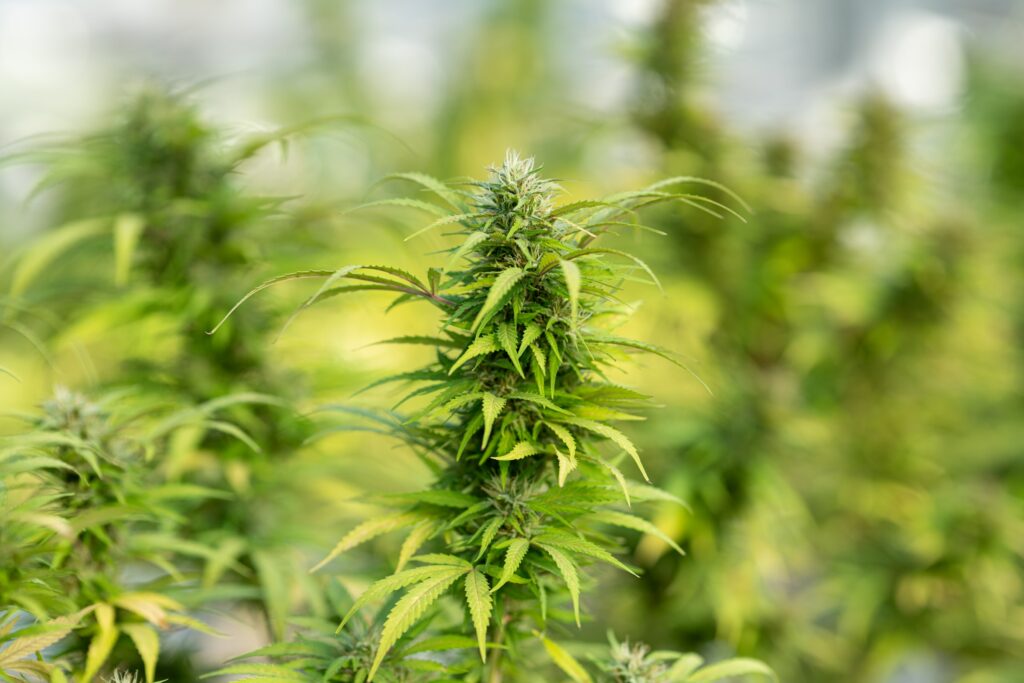
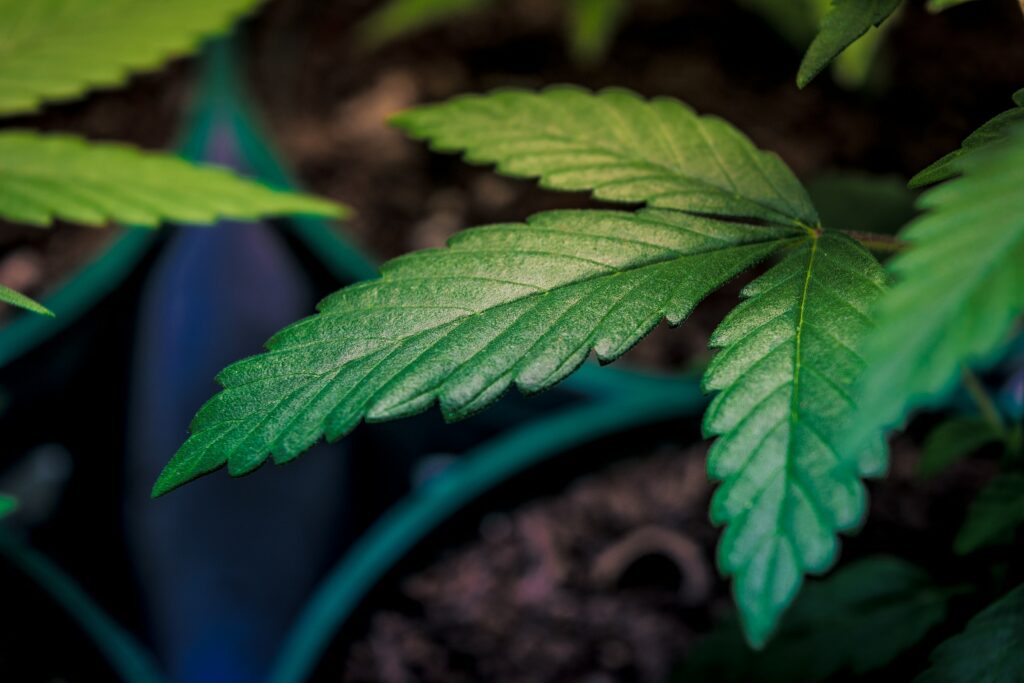
Responses